Review: Hôtel des Grands Voyageurs – a welcome arrival in Paris
The new Hôtel des Grands Voyageurs exudes timeless elegance from the golden age of travel, says Matthew Partridge

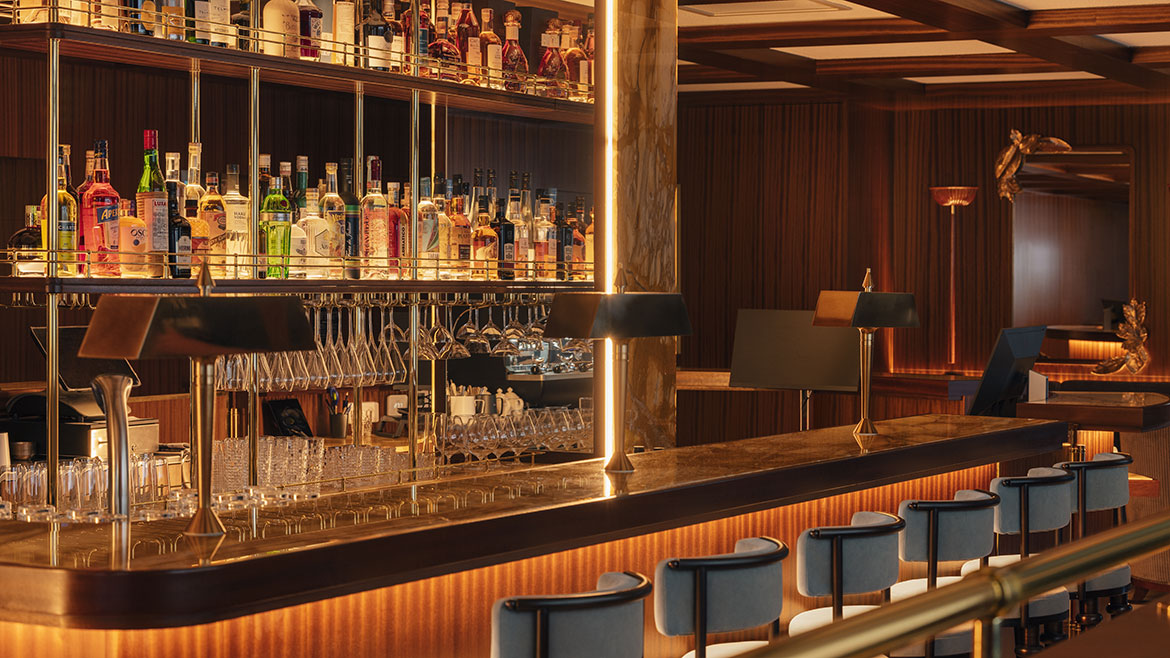
Like many super-cities, Paris has several large neighbourhoods with distinct personalities. One of the most famous is the Latin Quarter, located on the left bank of the River Seine and covering the 5th and 6th arrondissements.
This area has many notable churches, including the Église Saint-Sulpice. This, the third largest church in the city, was almost completely rebuilt in the 17th and 18th centuries, with a classical façade inspired by St Paul’s Cathedral in London.
The huge interior of the church is regarded as one the pre-eminent examples of the baroque style. Other well-known churches located nearby are Saint-Étienne-du-Mont – which contains the tombs of philosopher Blaise Pascal and playwright Jean Racine – and Saint-Germain-des-Prés, which may be smaller, but is Paris’ oldest extant church.
MoneyWeek
Subscribe to MoneyWeek today and get your first six magazine issues absolutely FREE

Sign up to Money Morning
Don't miss the latest investment and personal finances news, market analysis, plus money-saving tips with our free twice-daily newsletter
Don't miss the latest investment and personal finances news, market analysis, plus money-saving tips with our free twice-daily newsletter
The area around Saint-Germain-des-Prés is also famous for its boutiques, including high-end chocolatiers. These include Debauve et Gallais, originally founded by Sulpice Debauve, chocolatier to Marie Antoinette.
Surviving the turmoil of the French Revolution, Debauve would later open his first shop in 1800, before moving to the premises on the Rue des Saints-Pères, which the company has occupied for over 200 years. Patrick Roger, another chocolate shop, is famous for the chocolate sculptures found inside.
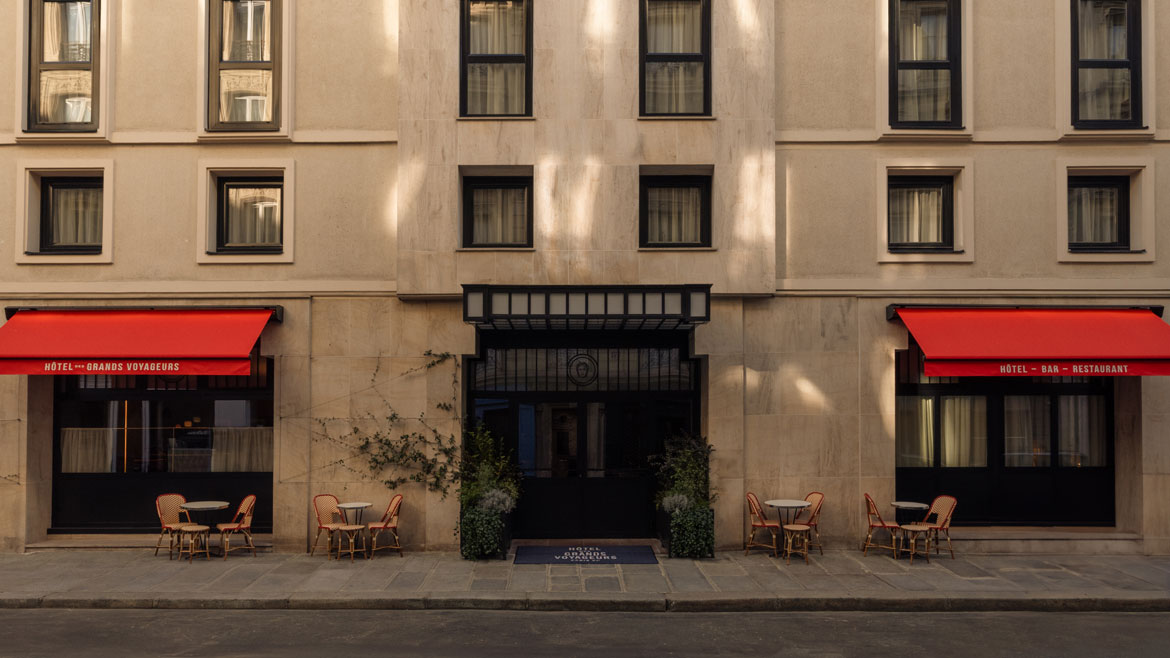
The Hôtel des Grands Voyageurs is ideally situated
The Left Bank is best known for its literary heritage, with the low rents and cafe lifestyle attracting American and French writers and intellectuals after the end of both World Wars. Author Ernest Hemingway, for example, was among the area’s famous residents, regularly frequenting Les Deux Magots, along with Slyvia Plath, Simeon de Beauvoir and Jean-Paul Sartre.
The bookshop Shakespeare and Company, which served as the nerve centre for bohemian American expatriate life from the 1950s, is also well worth visiting. It is famous for offering its “tumbleweeds” (visitors to Paris “blowing from place to place, sheltered by the grace of strangers”, as the bookshop’s founder, George Whitman, put it) the opportunity to sleep at the shop, on a strictly first-come, first-served basis in return for helping out (currently on hold while the shop undergoes renovations).
The city’s newest arrival
Those who prefer to experience the edgier style and history of the Latin Quarter without sacrificing any of their comforts might want to consider the recently opened Hôtel des Grands Voyageurs.
This is one of the newest additions to the luxury hotel scene in Paris, located almost in the centre of the sixth arrondissement, only a few minutes’ walk from Saint-Sulpice and the Luxembourg Gardens.
Grands Voyageurs has been revamped by Italian architect Fabrizio Casiraghi in the sort of mid-20th century Manhattan meets Paris minimalism that Hemingway and Plath would have been familiar with.
Casiraghi has succeeded in evoking the golden age of travel, with the overall effect of the design being the elegance and timelessness associated with a trip on a luxury liner making its way across the Atlantic, or a yacht sailing beside the Riviera – only, the rooms are much more comfortable.
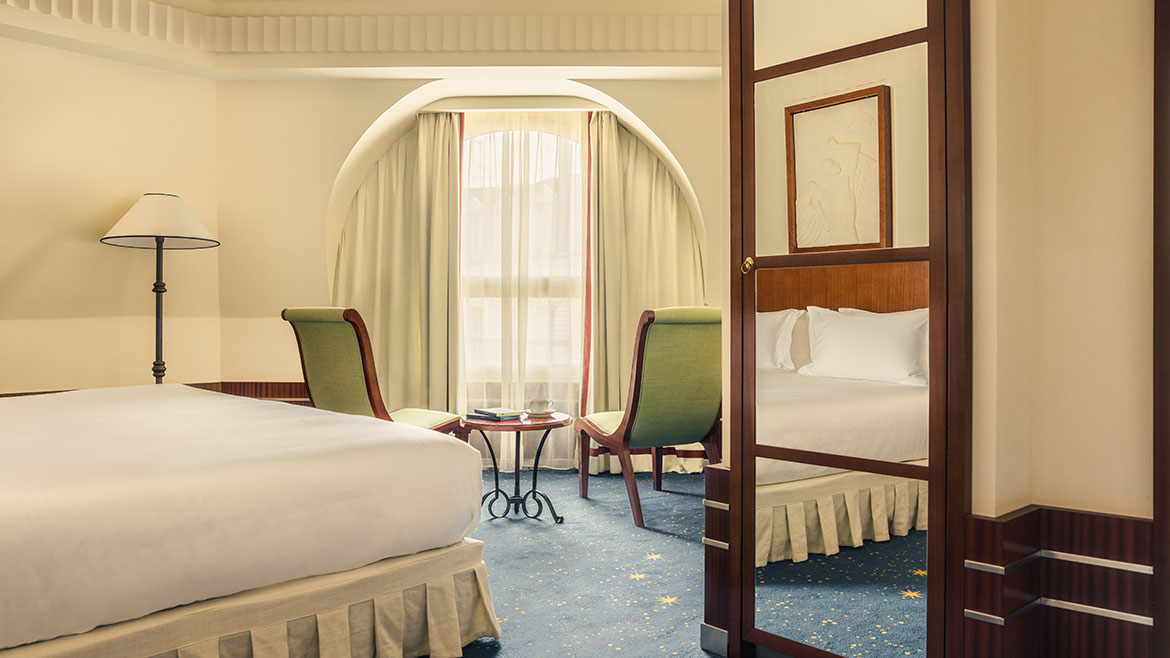
The rooms evoke the golden age of travel
The hotel has a wide selection of facilities, such as a gym and even a mini sauna. Poppy, the semi-secret underground bar, is the ideal place to have a cocktail between 8pm and 2am on Thursdays, Fridays and Saturdays, as it attracts a combination of resident and guest DJs who put on a show to remember.
The hotel also offers private parking spaces with electric chargers, which can be rented out for €30 a day. That is particularly convenient given Paris’s recent decision to increase parking fees for certain larger vehicles.
Mouth-watering dishes
The transatlantic influence can also be felt in the brasserie, which is next to the main entrance and combines the best of both French and American cuisine. For dinner, I enjoyed a starter of sea bream carpaccio with parsley lemon juice, followed by the chicken supreme in a delicious jus, with girolles mushrooms. Finally, for dessert, I had a delicious Baked Alaska.
As well as a mouth-watering array of food, the brasserie’s bar offers a long and varied list of vintage wines, Champagnes, spirits and cocktails. In keeping with the theme, I decided to select one of their signature cocktails, the famous (some would say infamous) Long Island iced tea.
However, due to the fact that I had a long journey ahead of me the next day, I decided to be abstemious and go with their specially prepared 0% version, which uses an alcohol-free spirit, but still retains the classic taste.
Full of elegance and character, and taking freely from the best of French and classic American design, Hôtel des Grands Voyageurs truly epitomises Paris’s Latin Quarter. There’s no finer place to stay.
Matthew was a guest at Hôtel des Grands Voyageurs. Rates start from €300 per night.
Get the latest financial news, insights and expert analysis from our award-winning MoneyWeek team, to help you understand what really matters when it comes to your finances.

-
 Investors will reap long-term rewards from UK equities
Investors will reap long-term rewards from UK equitiesOpinion Nick Train, portfolio manager, Finsbury Growth & Income Trust, highlights three UK equities where he’d put his money
-
 The graphene revolution is progressing slowly but surely
The graphene revolution is progressing slowly but surelyEnthusiasts thought the discovery that graphene, a form of carbon, could be extracted from graphite would change the world. They might've been early, not wrong.
-
 How to profit from the UK leisure sector in 2026
How to profit from the UK leisure sector in 2026The UK leisure sector had a straitened few years but now have cash in the bank and are ready to splurge. The sector is best placed to profit
-
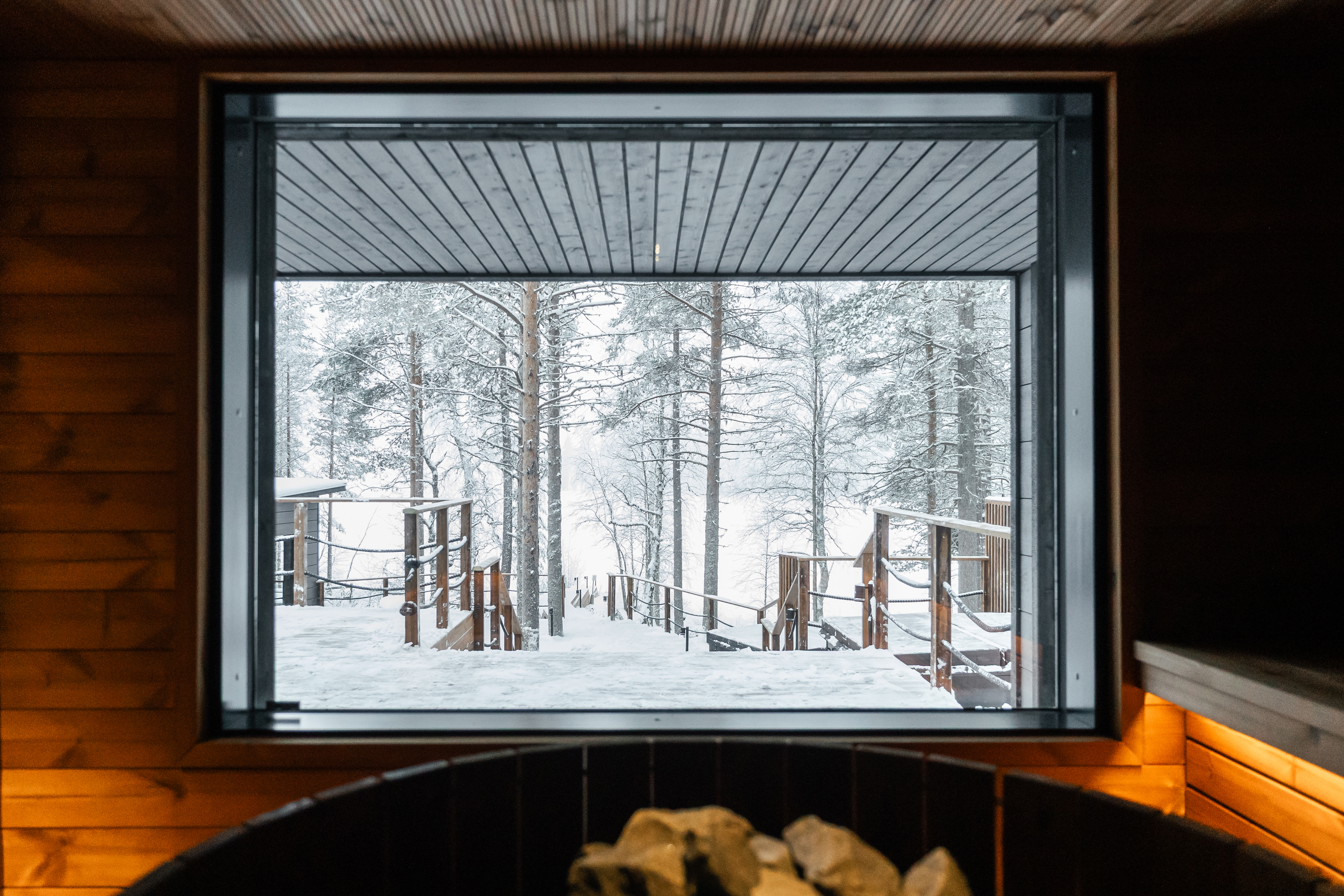 The best luxury saunas, spas and icy plunges
The best luxury saunas, spas and icy plungesRestore your mind and body with luxury fire and ice experiences, from warming saunas to icy plunges
-
 8 of the best properties for sale with indoor gyms
8 of the best properties for sale with indoor gymsThe best properties for sale with indoor gyms – from a four-storey mews house in London’s Knightsbridge, to a 1920s Arts & Crafts house in Melbury Abbas, Dorset
-
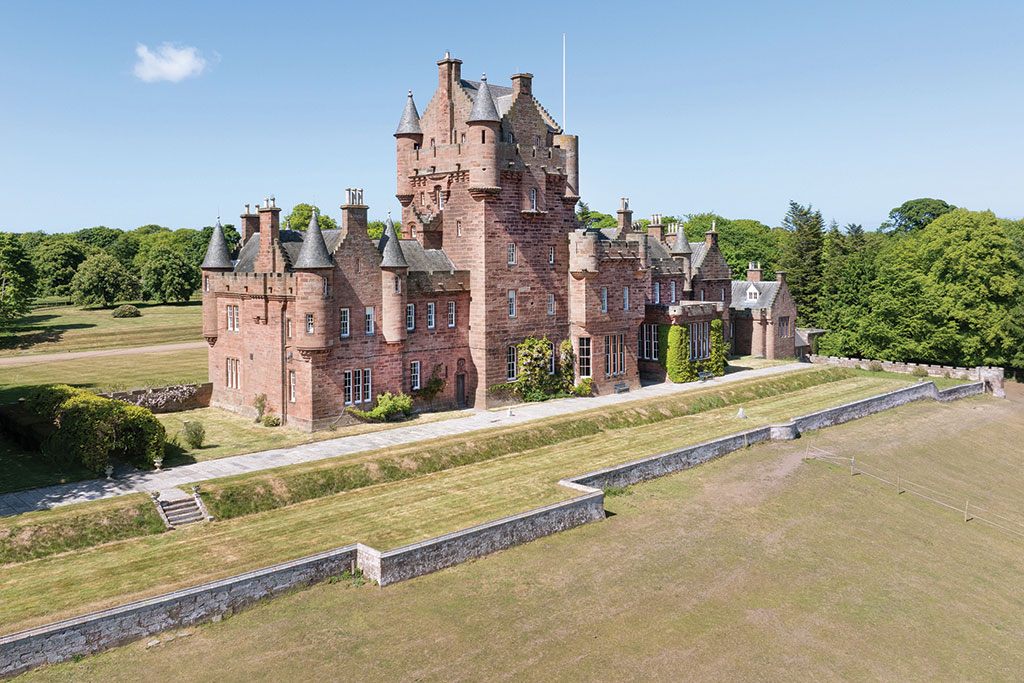 8 of the best houses for sale with beautiful fireplaces
8 of the best houses for sale with beautiful fireplacesThe best houses for sale with beautiful fireplaces – from a 15th-century cottage in Kent to a 17th-century palazzo in Oxfordshire
-
 The top last-minute Christmas gifts
The top last-minute Christmas giftsIt’s not too late to give the perfect present this festive season – we round up a selection of last-minute Christmas gifts worth giving
-
 Lights, camera, action: Where to see the Northern Lights
Lights, camera, action: Where to see the Northern LightsThe Northern Lights are the most spectacular they’ve been in years. Here’s where to see them
-
 8 of the best ski chalets for sale now
8 of the best ski chalets for sale nowThe best ski chalets on the market – from a traditional Alpine-style chalet in Switzerland to an award-winning Modernist building in Japan’s exclusive ski areas
-
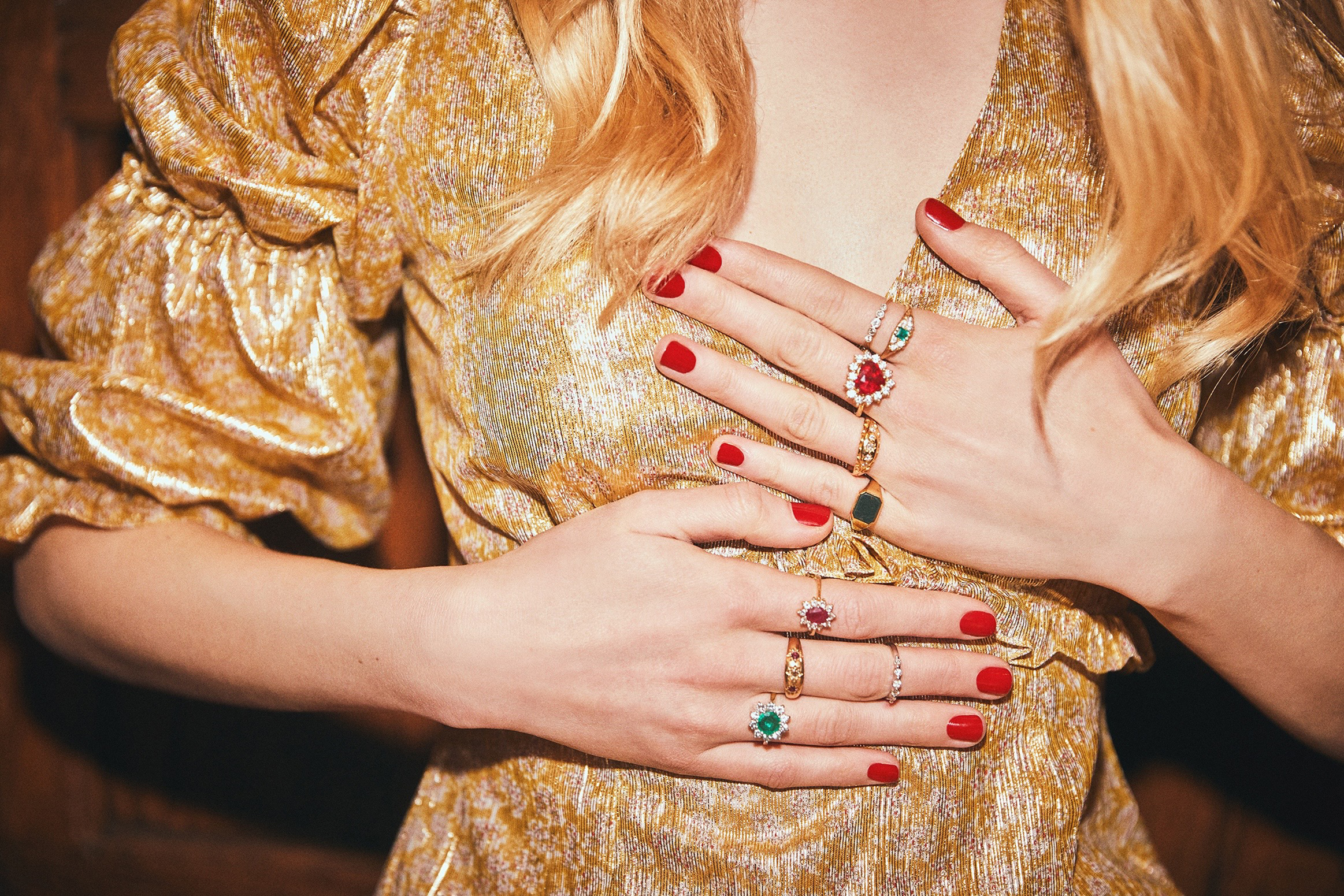 The best Christmas gifts for your loved ones
The best Christmas gifts for your loved onesWe round up the best Christmas gifts with a touch of luxury to delight, surprise and amaze family and friends this festive season